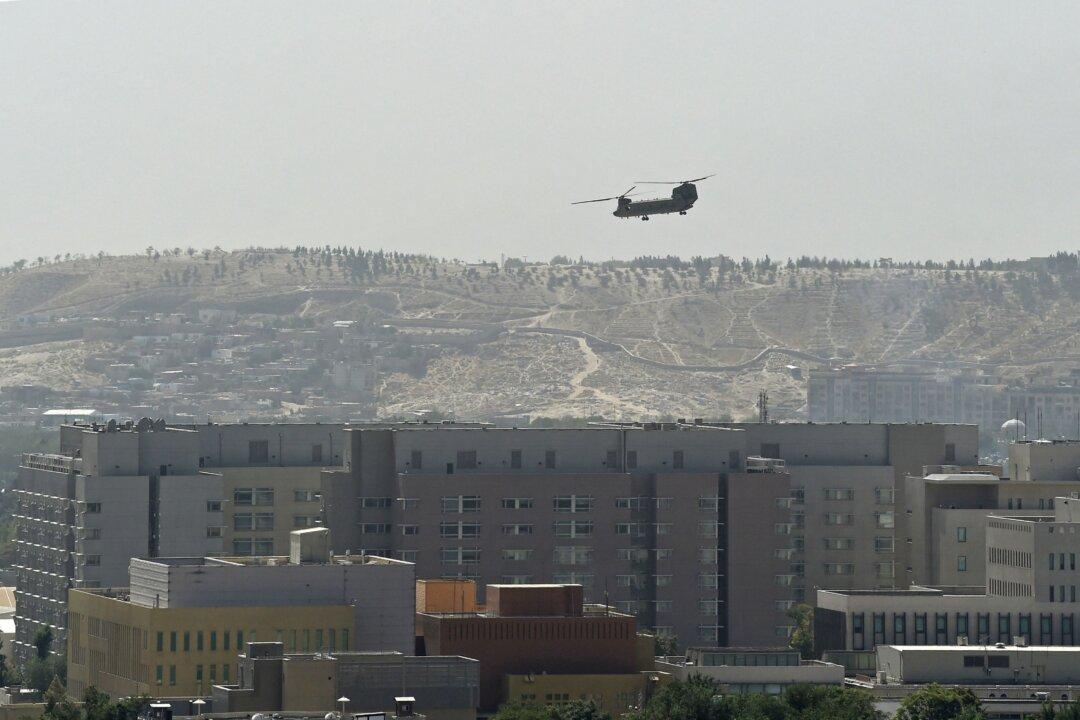Commentary
Many of the reports coming out of Afghanistan this past week mention something that’s simultaneously deplored and swept under the rug.

Many of the reports coming out of Afghanistan this past week mention something that’s simultaneously deplored and swept under the rug.